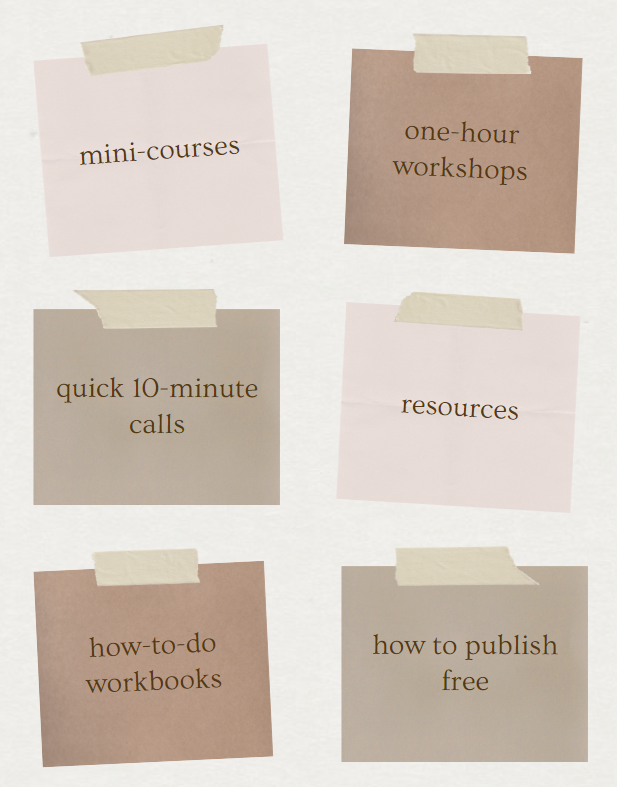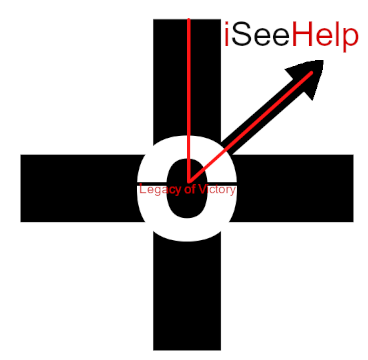How to Process Negative Thoughts
Bugs in my head

When Dr. Daniel Amen came home after a challenging day with clients to find ants all over his kitchen, he created the Automatic Negative Thinking (ANT) technique to identify and exterminate intrusive thoughts that all humans default to naturally.
ANT Therapy
You have to take control now. I call it therapy. Let me tell you why. Probably sixteen or seventeen years ago, I was seeing a patient in our Northern California clinic. Actually, many patients that day, and for whatever reason, it was a very stressful day. I’d seen several patients who were suicidal, some other teenagers who were depressed, and parent-child conflicts.
I just went home thinking that it was a really stressful day for me. When I got home, there was an ant infestation in our kitchen, and it was terrible. They were everywhere. There were thousands of ants. They were coming out of a light socket, they were coming, it seemed, up out of the floor, they were in the cabinets, they were crawling in the cereal. It was a nightmare, and I was wiping up these thousands of ants.
You know, medical doctors, when you go through medical school, you’re always making up little mnemonics or memory tricks to remember things. So, we take the first letter of a string of things that we have to remember and put it together. As I was thinking about the ants and cleaning up these thousands of them, and then thinking about my day with the people I’d seen who were depressed and sad and suicidal, I thought to myself, “Automatic Negative Thoughts. Let’s amend.”
And just like my patients today, they’re infested with these negative thoughts that drive negative feelings, which then drive negative behaviors. And so, I thought, “Oh, pants, my patients need ant spray, or they need an anteater.” And actually, shortly thereafter, I became obsessed with finding ant puppets and can Peters because, you know, I’m also a child psychiatrist. So, I spent part of my day seeing the children, and I thought it’d just be such a cool analogy for them. And so, I started talking to them about automatic negative thoughts.
Cognitive therapists would call these cognitive distortions, and we have to get ant spray, or we have to get an anteater to help them. And then, another thing I realized is there’s not one kind of ant. There were nine or ten different kinds, advanced species. And so, I’ll just tell you what some of them are.
Heart desires drive thoughts. Thoughts drive feelings. Feelings drive behavior.
Automatic Negative Thinking (9 Species of ANTs)
Dr. Amen recommends a daily habit to “kill these ants” in your head. Disinfect your thoughts and kill the ANTs to overcome anxiety, depression, trauma, and grief.
- Mind Reading — Thinking you know what people think without knowledge of their thoughts: “He thinks I’m nothing.”
- Fortune-Telling — Predicting the future with a certainty that things will get worse or that danger lies ahead: “I’ll fail that test.” “We won’t get the loan.”
- Catastrophizing or Negative Filter — Dwelling on the negatives and think that what has happened or will happen will be the worst-case scenario: “My life will be over if I fail.”
- Labeling and Personalizing — Assigning negative attributes and blame to yourself and others: “I’m unlovable, so of course our marriage failed.” “He’s a terrible person.”
- Discounting Positives — Dismissing any positives you or others achieve or attain as trivial: “That’s what friends are supposed to do, so it doesn’t matter when she’s nice.” “That project was a piece of cake, so it doesn’t count.”
- Overgeneralizing — Perceiving a global pattern of negatives on the basis of a single incident: “This has happened to me before. I’m not surprised because I’m a failure at a lot of things.”
- All-or-Nothing Thinking — Viewing events or people in all-or-nothing terms: “Everyone rejects me.” “That will be a total waste of time.”
- Shoulds — Interpreting anything that happens based on how we think they “should” be rather than focusing on what is: “I should pass that test. If I don’t, then I’m an absolute failure.”
- Blaming — Focusing on another person as the source of our issues and refusing to take responsibility for changing: “She’s to blame for how I feel now.” “My parents are the reason I have all these problems.”
(The worst RED ANT is blame.)
Process: How to reverse negative thinking distortions:
1. Write out the thought. (YOUR WORDS GOING THROUGH YOUR HEAD)
2. Identify the thought. (SPECIES of THOUGHT DISTORTION)
3. Talk back to it. (ANTEATER)
Becoming aware of habits of thinking by confronting automatic lies is the best way to increase healthy lifestyles and enjoy relationships that last.
Temple of the Holy Spirit
Side-Effects of worry tend to destroy our physical body, which is the “temple of the Holy Spirit.”
“Do you not know that your bodies are temples of the Holy Spirit, who is in you, whom you have received from God? You are not your own; you were bought at a price. Therefore honor God with your bodies” (1 Corinthians 6:19–20).



